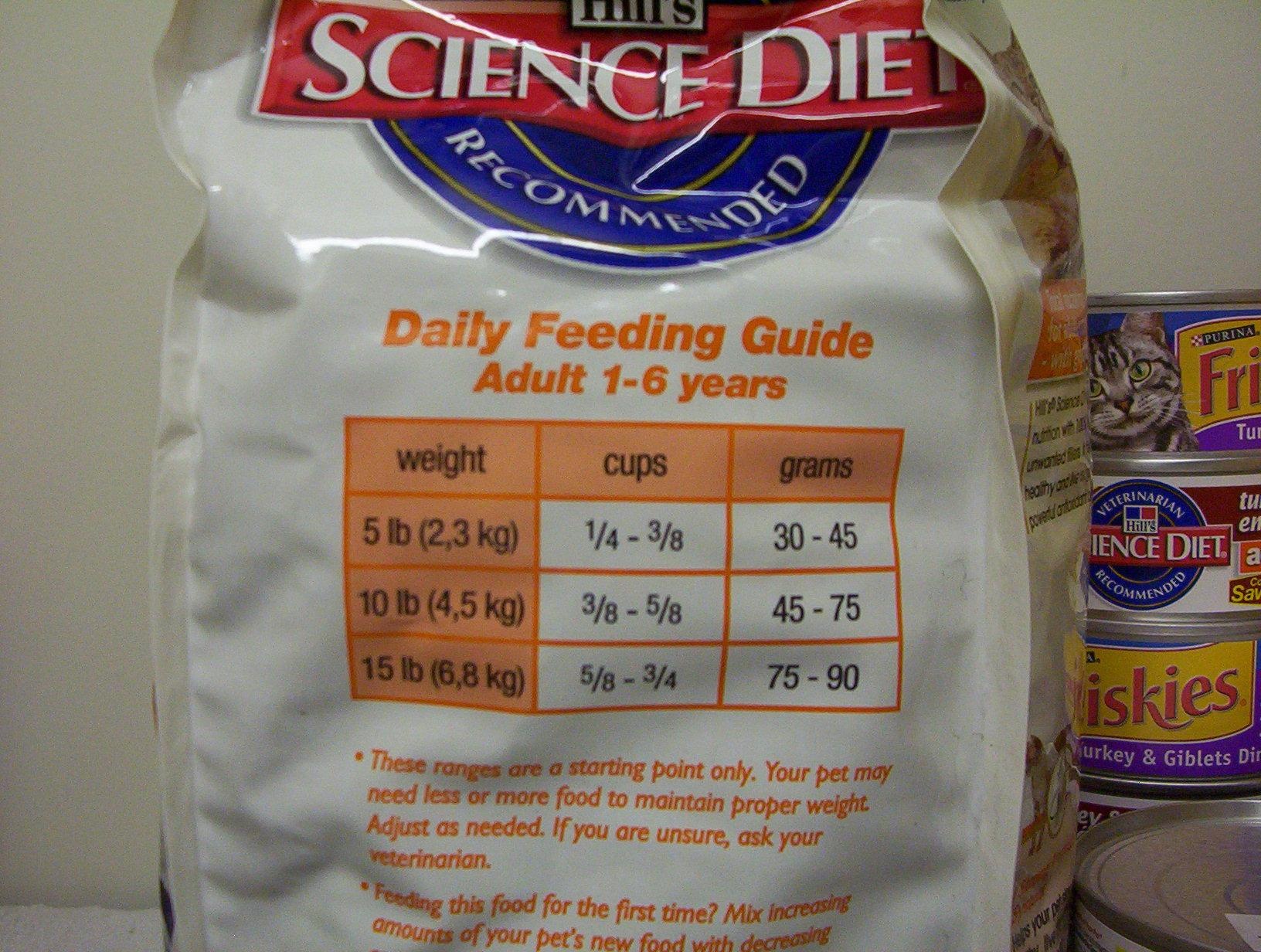 |
| Does Your Cat Look Like This??? |
Feline obesity has
been closely linked with Type 2 Diabetes Mellitus; which is the most common
form of diabetes in cats and humans. Type 2 Diabetes is characterized by a decreased
production of insulin, as well as a poor response to insulin by the body. While
your cat’s diet and genetics certainly play a role, feline obesity is the
biggest risk factor for feline diabetes. Indoor cats can often become sedentary
and overweight, even while being fed a low calorie cat food. More than 1/3 of
cats are obese and in many cases the owner doesn’t realize how overweight their
cat has become; let alone how that can create a life-threatening situation.
Symptoms of feline diabetes are not always obvious to the cat owner, either. Common
symptoms are obesity, increased thirst, increased urination, urinary tract
infections, and weight loss, as diabetes becomes more advanced.
Obese cats have a four-time
greater risk for type 2 diabetes. We
don’t often think of fat as an organ, but it produces hormones capable of
changing how the body interacts with food. These hormones control things like
appetite, blood sugar storage, and increases in insulin sensitivity. An
abundance of fat tissue causes an imbalance of these hormones in the body,
which eventually leads to diabetes in the cat.
To evaluate obesity
in cats, systems (body condition scores) have been developed for veterinarians
and their staff to evaluate and track weight in cats. These systems can be
quite accurate, comparable even to advanced laboratory tests, such as bonescans. For example, the nine-point system that Purina developed provides a simple and reliable
method of determining body condition in pets. Another simple and easy way to
evaluate body condition in the cat is to take photographs (from the front and
side) every year. The body weight and body condition score should also be
recorded at least yearly.
 |
| Daily Feeding Guide from Side of Bag. |
 The cat is considered a
carnivore and, as such, is not well adapted to ingestion of excessive amounts
of carbohydrates. They simply aren’t able to store excess amounts of
carbohydrates after a meal. When cats become diabetic, their carnivorous nature
makes it even more difficult for them to metabolize carbohydrates. When
considering a food for diabetic cats, a low-carbohydrate, high-protein diet is
highly recommended in feline diabetes, and is quite similar to a cat’s natural
diet. Studies show that cats fed a low carbohydrate diet versus a high fiber
diet, were 3 times more likely to stop taking insulin injections.
The cat is considered a
carnivore and, as such, is not well adapted to ingestion of excessive amounts
of carbohydrates. They simply aren’t able to store excess amounts of
carbohydrates after a meal. When cats become diabetic, their carnivorous nature
makes it even more difficult for them to metabolize carbohydrates. When
considering a food for diabetic cats, a low-carbohydrate, high-protein diet is
highly recommended in feline diabetes, and is quite similar to a cat’s natural
diet. Studies show that cats fed a low carbohydrate diet versus a high fiber
diet, were 3 times more likely to stop taking insulin injections. Even if they beg, don't give in to their pleas...keep 'em happy and healthy by feeding the appropriate amounts of a good healthy feline diet.